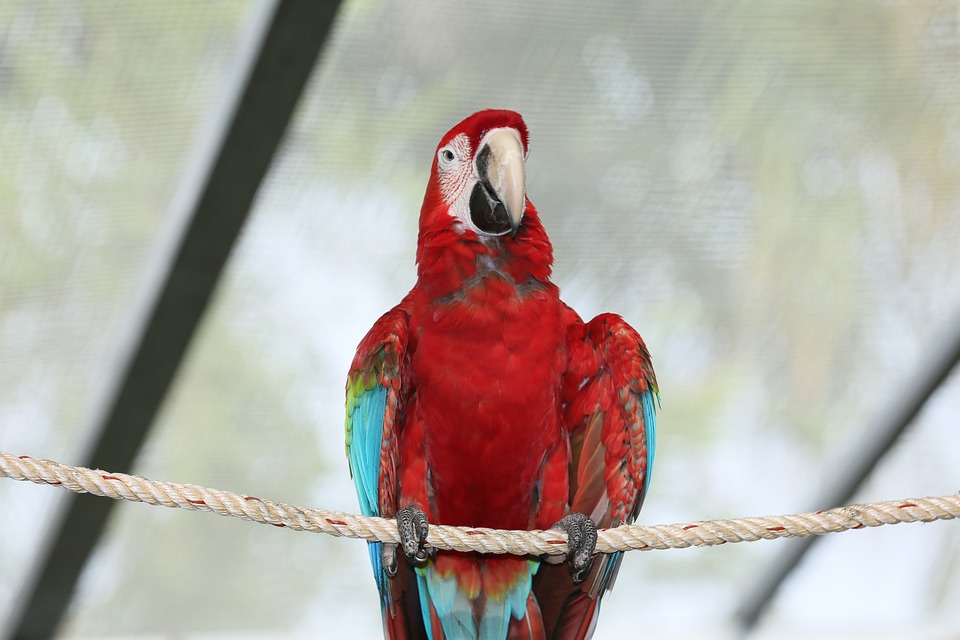Parrots are highly intelligent and social creatures that thrive on mental stimulation and engaging activities. As a parrot owner, you have the opportunity to tap into their incredible potential by designing a parrot training challenge day. This article will guide you through the process of creating an exciting and enriching day filled with advanced tricks and complex behaviors that will keep your parrot engaged and entertained.
Before we delve into the details of creating a parrot training challenge day, it’s important to understand why training is crucial for your feathered friend. Training not only allows you to establish a bond with your parrot but also stimulates their mind, prevents boredom, and enhances their overall well-being. By providing mental challenges and opportunities for learning, you can help prevent behavioral issues and maintain a harmonious relationship with your parrot.
The first step in creating a parrot training challenge day is to assess your bird’s current training level. Determine the tricks and behaviors your parrot has already mastered and identify any areas that need improvement. This assessment will help you tailor the challenge day to your parrot’s specific needs and abilities.
Next, establish clear goals for your parrot training challenge day. Whether you want to teach your parrot a new complex trick or enhance existing behaviors, having specific objectives will keep you focused and motivated throughout the training session.
Creating a well-structured training schedule is key to a successful parrot training challenge day. Break the day into manageable training sessions, allowing for regular breaks and rest periods for your parrot. Each session should focus on a specific behavior or trick, gradually progressing from easier tasks to more advanced ones.
During the challenge day, introduce your parrot to advanced tricks and complex behaviors gradually. Start with activities that build upon their already established skills, gradually increasing the difficulty level. Examples of advanced tricks include retrieving specific objects, solving puzzles, or imitating complex sounds or behaviors.
Throughout the training sessions, ensure that you use reward-based training techniques and positive reinforcement. Reward your parrot with their favorite treats, verbal praise, or a favorite toy each time they successfully perform a desired behavior. This positive association will motivate your parrot to continue learning and engaging in the training process.
Here are some frequently asked questions about training parrots:
Q: Can any parrot learn advanced tricks and complex behaviors?
A: Yes, most parrot species are highly intelligent and capable of learning advanced tricks and complex behaviors with proper training and patience.
Q: How long does it take to teach a parrot advanced tricks?
A: The time required to teach advanced tricks varies depending on the individual parrot and their previous training experience. Some parrots may pick up new behaviors quickly, while others may require more time and repetition.
Q: Are there any risks associated with training advanced tricks?
A: While training, it’s crucial to prioritize your parrot’s safety and well-being. Always use positive reinforcement techniques and avoid pushing your parrot beyond their comfort zone or physical capabilities.
Q: Can I train my parrot without professional help?
A: With the right resources, guidance, and dedication, you can train your parrot without professional help. However, consulting with an experienced avian behaviorist can provide valuable insights and support, especially when dealing with complex behaviors.
In conclusion, designing a parrot training challenge day with advanced tricks and complex behaviors can significantly enrich your parrot’s life and strengthen your bond. Remember to assess your parrot’s abilities, set clear goals, plan a structured training schedule, and always use positive reinforcement. By investing time and effort into training, you will unlock your parrot’s incredible potential and provide them with a fulfilling and stimulating environment.









